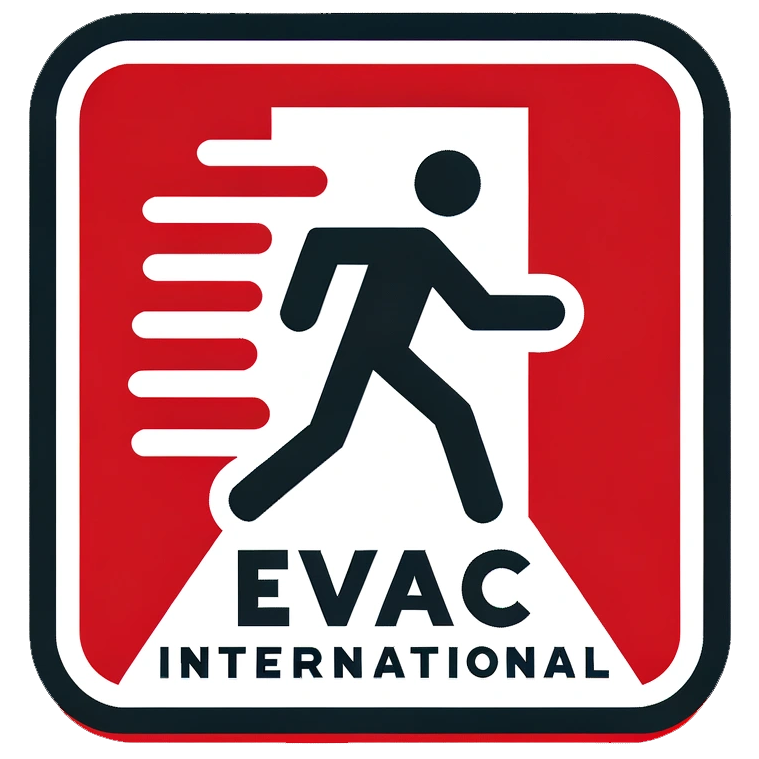In today’s modern world, fire safety and evacuation measures in public buildings and companies are of utmost importance. As a fire safety and evacuation expert, I firmly believe that the inclusion of evacuation chairs is crucial in ensuring the protection and safety of the public in the event of an emergency evacuation. In this article, I will delve into the necessity of evacuation chairs and their critical role in the evacuation process, as well as the importance of ensuring that all individuals have equal access to swift and safe evacuations.
Evacuation chairs, also known as stair chairs, are specialized devices designed to assist individuals with limited mobility during emergency evacuations, particularly in buildings with multiple floors where the use of elevators may be unavailable during a fire or other crisis. These chairs are equipped with tracks or wheels that permit them to navigate staircases smoothly and safely, enabling individuals who are unable to use stairs independently to be transported to safety by trained personnel.
In the context of fire safety and emergency evacuation, it is imperative to recognize that not all individuals possess the physical capability to swiftly descend stairs in the event of an emergency. This is especially pertinent in buildings that cater to individuals with disabilities or reduced mobility, such as hospitals, nursing homes, office buildings, shopping centers, and educational institutions. Without the implementation of evacuation chairs, these individuals would face significant challenges and potential danger during an evacuation, as well as require additional assistance and resources from first responders.
Moreover, the provision of evacuation chairs is essential in ensuring the equal and inclusive access of all individuals to emergency evacuation measures. The Americans with Disabilities Act (ADA) and similar legislation worldwide mandate that public buildings and companies must accommodate individuals with disabilities and provide them with equal access to safety and evacuation procedures. Therefore, the absence of evacuation chairs in such facilities not only poses a safety risk but also violates the rights of individuals with disabilities to access emergency evacuation measures.
Furthermore, the utilization of evacuation chairs offers numerous benefits beyond facilitating the safe evacuation of individuals with limited mobility. Their presence can also expedite the overall evacuation process, as trained personnel can swiftly and efficiently transport individuals from higher floors to safety, thus reducing the risk of congestion and potential bottlenecks during evacuations. Additionally, the use of evacuation chairs minimizes the strain on emergency response teams, as they provide a means for individuals with disabilities to be safely evacuated without requiring extensive assistance from first responders.
It is crucial for public and private entities to recognize the significance of incorporating evacuation chairs into their emergency preparedness plans and fire safety protocols. Investing in these devices is a proactive measure that demonstrates a commitment to the safety and well-being of all individuals within a building or company, regardless of their physical abilities. Furthermore, the training of staff in the proper usage of evacuation chairs is paramount, as it ensures that individuals with limited mobility can be swiftly and safely evacuated in the event of an emergency.
In conclusion, as a fire safety and evacuation expert, I urge companies and public buildings to prioritize the inclusion of evacuation chairs as a fundamental component of their emergency preparedness plans. The universal accessibility and swift evacuation of all individuals, particularly those with disabilities or reduced mobility, are integral to ensuring the safety and well-being of the public during emergencies. By embracing the use of evacuation chairs and investing in proper training and resources, organizations can uphold their commitment to inclusivity, safety, and preparedness in the face of unforeseen crises.

